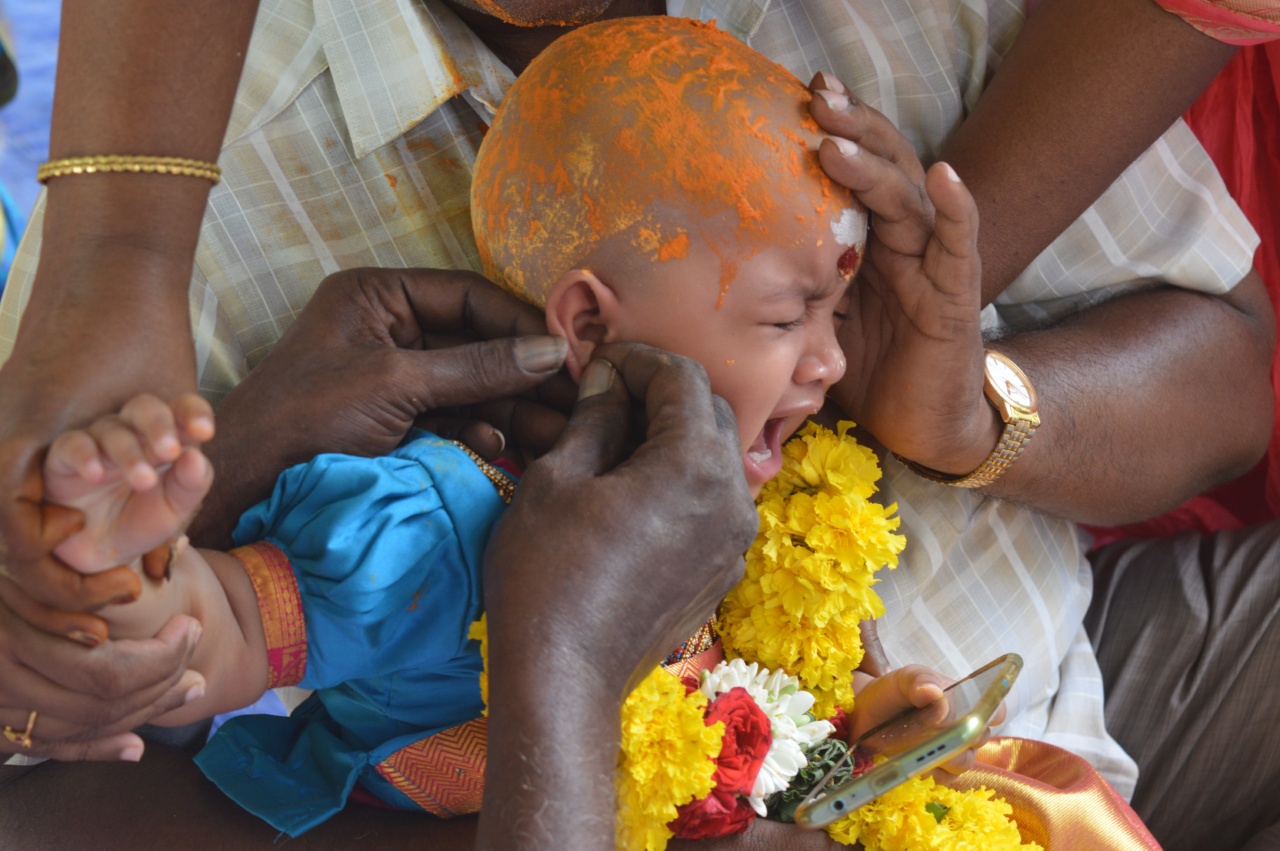Tympanic piercing, also known as cartilage piercing, has become a popular trend among children and teenagers. While it may seem like a harmless form of self-expression, there are potential risks associated with this procedure, including ear infections.
In this article, we will explore the causes, symptoms, and prevention of ear infections after tympanic piercing in children.
Understanding Tympanic Piercing
Tympanic piercing involves the insertion of jewelry into the cartilage of the ear, typically in the upper part. It is different from standard earlobe piercing, which only involves the fleshy part of the ear.
Tympanic piercing can be done using various techniques, including needle piercing or with the help of piercing guns.
Potential Causes of Ear Infections
Ear infections after tympanic piercing can occur due to several reasons. Here are some potential causes:.
1. Improper Hygiene Practices
One of the primary causes of ear infections is inadequate hygiene practices during and after the piercing procedure. If proper sterilization techniques are not followed, bacteria or other pathogens can enter the pierced area, leading to infection.
2. Allergic Reactions
Some individuals may be allergic to certain metals or materials used in the jewelry, such as nickel. This allergic reaction can cause irritation and inflammation, making the piercing site more susceptible to infection.
3. Unskilled Piercing Techniques
Piercing should always be performed by a professional with experience and expertise in the field. Unskilled piercing techniques can damage the cartilage, creating an open pathway for bacteria.
Improper piercing techniques can also result in incomplete healing and an increased risk of infection.
Signs and Symptoms of Ear Infections
It is essential to be aware of the signs and symptoms of ear infections after tympanic piercing in children. Some common indications may include:.
1. Pain and Discomfort
Children may experience pain, tenderness, and discomfort around the piercing site. This pain can range from mild to severe and may worsen with movement.
2. Redness and Swelling
The skin around the piercing may appear red and swollen. This inflammation is often a sign of infection and should not be ignored.
3. Discharge and Pus
If infected, the pierced area may produce yellowish or greenish discharge. Pus formation is a definite indication of infection and requires immediate attention.
4. Fever
Children with ear infections may develop a fever. The body’s immune response to the infection can cause an elevation in body temperature.
Prevention and Treatment
Prevention is key to avoid ear infections after tympanic piercing. Here are some preventive measures:.
1. Choose a Reputable Piercing Studio
Select a professional piercing studio that maintains high hygiene standards and follows necessary sterilization protocols to reduce the risk of infection.
2. Opt for Hypoallergenic Jewelry
Consider using hypoallergenic jewelry made from materials like surgical stainless steel, titanium, or gold. Avoid materials that commonly cause allergies, such as nickel.
3. Clean and Care for the Piercing
It is crucial to clean the piercing site regularly using saline solution or an antiseptic recommended by the piercing professional. Avoid touching the piercing with dirty hands.
4. Avoid Swimming and Saunas
For the first few weeks after the piercing, it is advisable to avoid swimming in pools, hot tubs, or saunas. These environments can harbor bacteria, increasing the risk of infection.
5. Recognize Early Signs of Infection
Monitor the pierced area for any signs of infection. If you notice any redness, swelling, discharge, or increasing pain, consult a healthcare professional promptly.
Conclusion
Tympanic piercing can result in ear infections, particularly in children.
By understanding the potential causes, recognizing the signs and symptoms, and following preventive measures, parents and caregivers can help reduce the risk of ear infections after tympanic piercing. If properly cared for, tympanic piercings can heal without complications, allowing children to safely enjoy their new form of self-expression.































